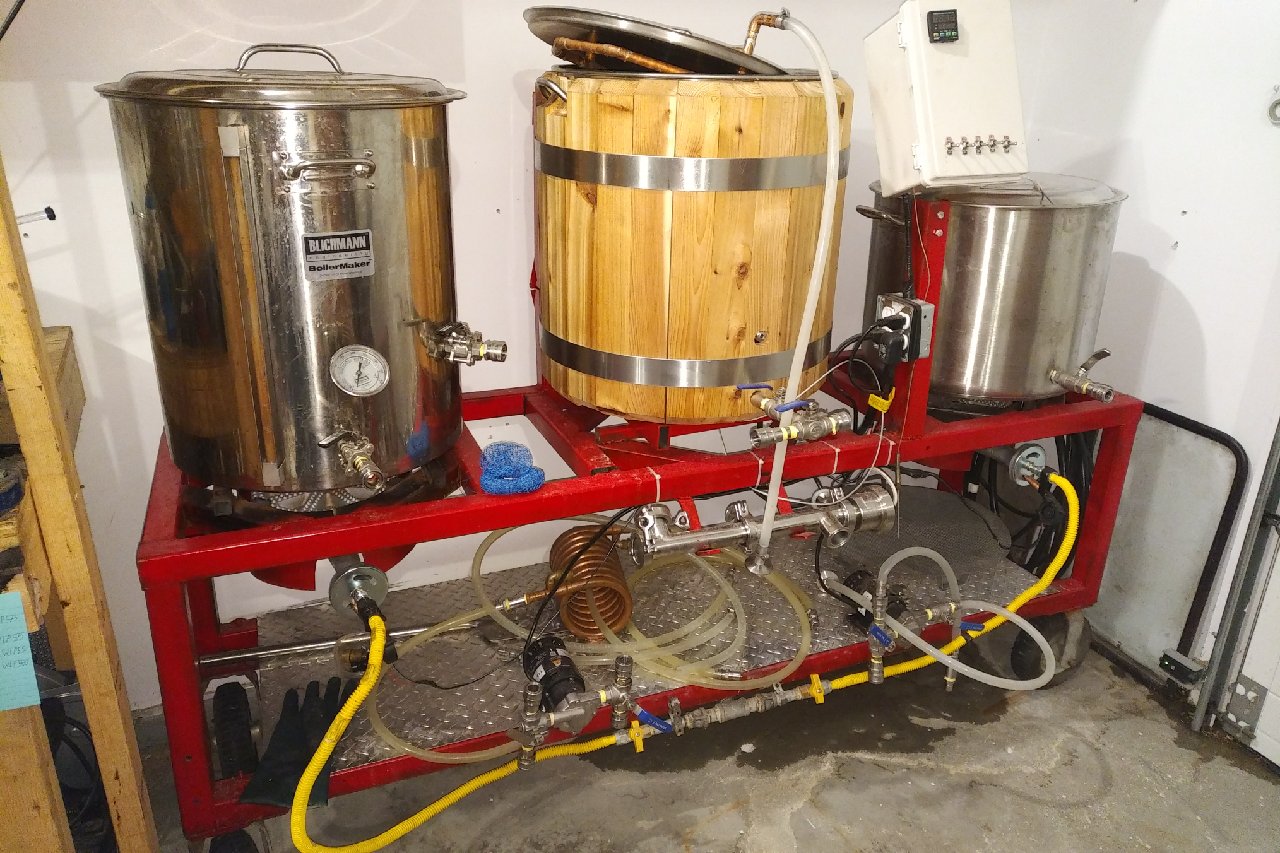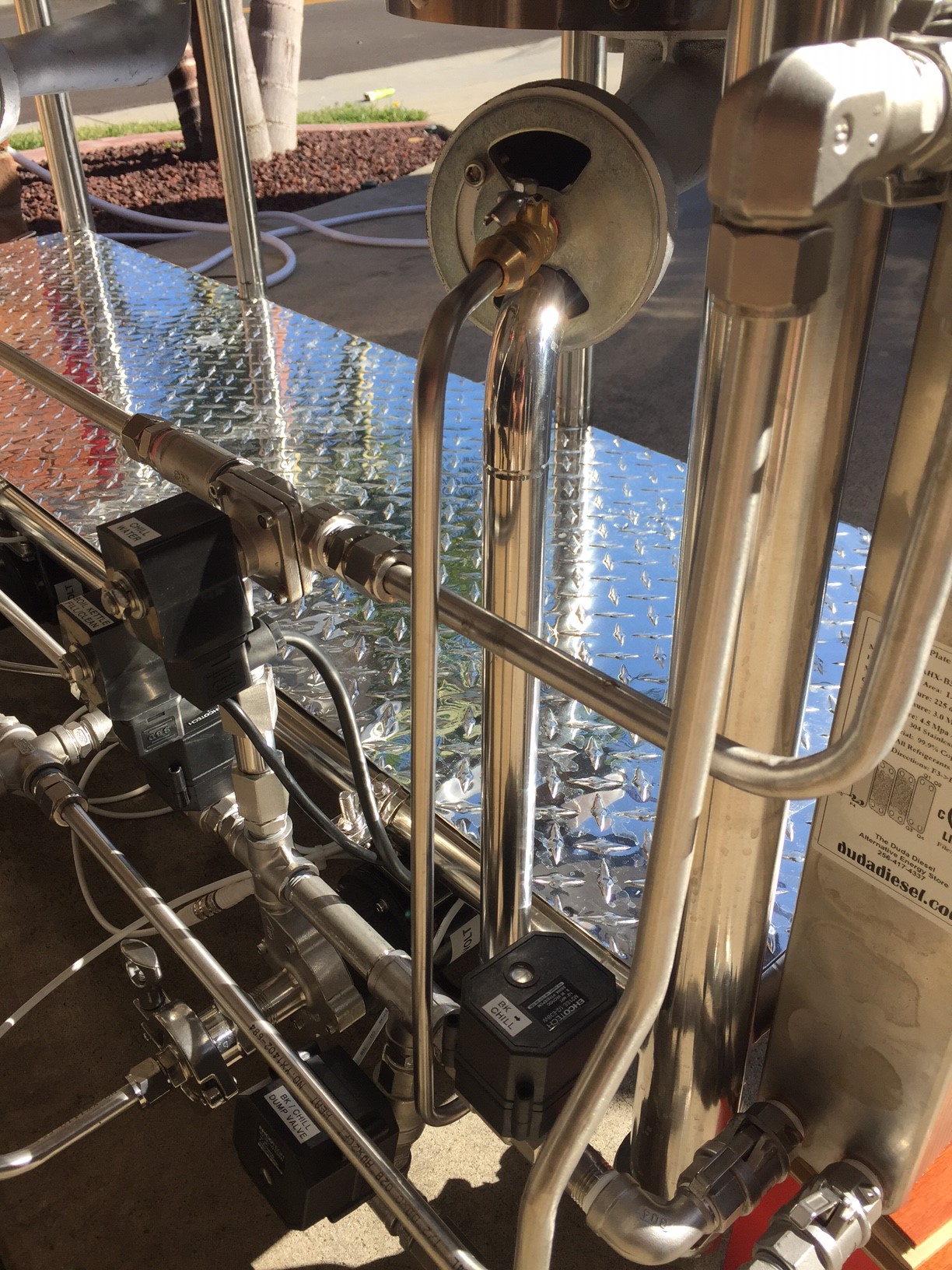My air feed only goes into the venturi area about an inch. I understand Hockeyman's concerns, but with such low pressure air and the additional venturi space along with the burner jets, there isn't any way for this to become plugged and force the air back into the gas feed - it's just not going to happen.
I've also tried increasing the orifice size for more gas flow (as Hockeyman suggests), but that just results in a richer flame with a lot of unburned gas. You can't increase fuel flow without increasing air flow - one doesn't work without the other. The bottom line is that the design of these burners does not support sufficient air flow when using low pressure (7" WC) fuel. The higher pressure propane usage on these burners works because the velocity of the fuel pulls in air through the venturi.
My original tests (on my old brew rig) used the exact same gas lines, valves, etc. and only changed the burner from a wok/jet burner to a BG14. Fuel feed was the same, but since the wok burners had 10 tips, that means 10 gas orifice's and 10 venturi's. Each tip is able to mix/burn fuel much more efficiently due to the better air flow at the combustion point. The problem with the jet burners though is that they sound like a jet! I hated the noise, especially when 2 or 3 were running at a time. We now have normal level conversations around the brew rig because the BG14 burners run silent.
Unlike a normal supercharger on an engine, this is not a pressurized system. This is an "air assist" system to get more air up to the point of combustion.
Also FWIW, when I built mine out I tested the air pressure where the duct meets the venturi and it's ~1.7" WC (vs. 7" WC where the gas feeds in). Like Jon, my duct pushes into an open venturi. If I could find a way to create a total blockage at the burner, air/gas would simply flow back out the venturi as that is the lowest pressure path.
A check valve might be a good safety addition to any gas appliance, but I have a hard time seeing a practical situation where this setup could create any significant back pressure.





